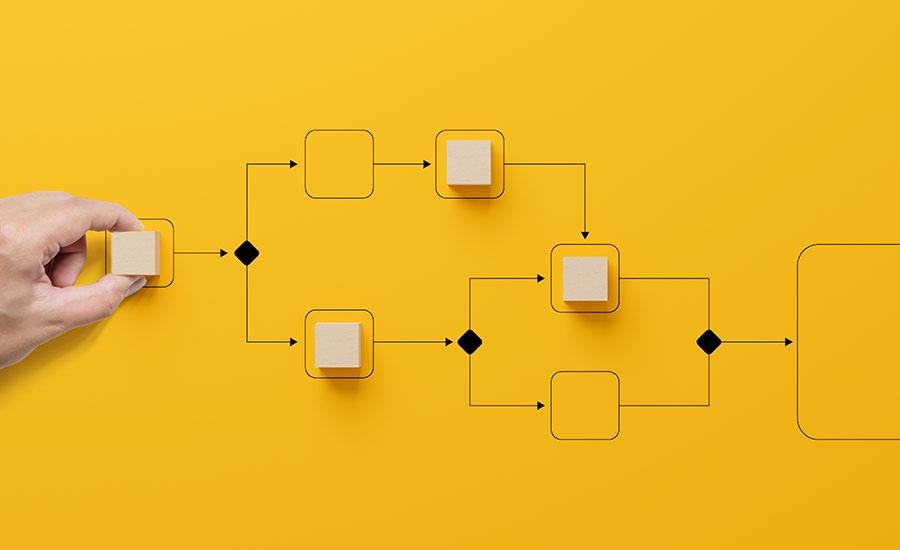
Math Magic through Coding!
by Tara Fulton
In this 2nd grade STEM lesson, students will learn how symbols (directional arrows) can be used to program an object's movements. They will develop an algorithm using a sequential graphic organizer to detail each move of the object. Students will test the algorithm to meet its intended outcome. If unsuccessful, students will debug the algorithm and try again.
Lesson Grade Level
2nd GradeLesson Plan Link/URL
https://docs.google.com/presentation/d/1Oxtv6t8ktVH8WYWf93yTBTRImAIFsPPw/edit?u…Subject Area
Technology 1. Empowered Learner 5. Computational Thinker Engineering S3: Apply Mathematics to Engineering S5: Apply Technology to Engineering Mathematics Number and Operations in Base Ten (NBT) Measurement and Data (MD) English Language Arts (ELA) Speaking & Listening
Featured
On
Related Content

Grades:
Kindergarten, 1st Grade, 2nd Grade, 3rd Grade
Students will learn about the engineering design process by working in small groups to identify a problem, then design and create a solution, inspired by the main character's creativity and problem

Grades:
9th Grade, 10th Grade, 11th Grade, 12th Grade
This STEM Argumentative Research Project engages students in exploring the scientific, ethical, and societal implications of themes in Mary Shelley's "Frankenstein." Students will work in groups to

Grades:
4th Grade, 5th Grade, 6th Grade, 7th Grade, 8th Grade
Students create a polling station, using student-made buttons, a circuit, and coding a Micro:Bit, to discover and report current student trends.